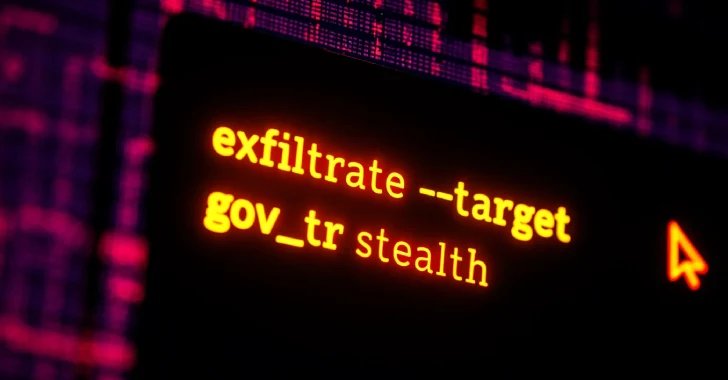Fast Facts
-
State-sponsored Threat: Bitter, also known as APT-C-08 and TA397, is a state-backed hacking group linked to the Indian government, focusing on intelligence gathering primarily targeting South Asian entities and expanding into regions like Turkey and China.
-
Sophisticated Techniques: The group employs diverse malware tools and sophisticated spear-phishing tactics, often masquerading as government entities to deploy malware via emails from compromised accounts or legitimate services like ProtonMail.
-
Intelligence-Focused Operations: Bitter’s activities predominantly aim at governmental and diplomatic organizations to collect intelligence on foreign affairs, with a clear operational pattern aligning with Indian Standard Time.
- Advanced Malware Arsenal: Their toolkit includes various malware families such as KugelBlitz, BDarkRAT, and ArtraDownloader, showcasing capabilities like remote access, data exfiltration, and system information gathering.
Problem Explained
On June 5, 2025, Ravie Lakshmanan reported on a comprehensive analysis by Proofpoint and Threatray revealing that the advanced persistent threat group known as Bitter operates as a state-backed hacking entity linked to the Indian government. This assessment highlights Bitter’s sophisticated toolkit and coding patterns used in malware, particularly for system information gathering and obfuscation techniques. Historically, Bitter has focused on South Asian targets while also extending its reach to countries like Turkey, China, and nations in South America, with a notable uptick in targeted espionage operations. The group’s attacks typically employ spear-phishing tactics to compromise government and military entities, utilizing both malicious attachments and deceptive impersonations of trusted diplomatic contacts.
Researchers Abdallah Elshinbary, Jonas Wagner, Nick Attfield, and Konstantin Klinger delineated the operational nature of Bitter, noting its meticulous approach to selecting targets and the strategic timing of its activities, which align with Indian Standard Time. The findings underscore a pattern of surveillance-driven cyber operations, with a clear geopolitical motive tying back to the Indian government’s intelligence objectives. By leveraging a variety of malware strains, including WmRAT and BDarkRAT, Bitter exemplifies the evolution of state-sponsored cyber threats, as it continually adapts to gather critical intelligence on international relations and policy-making.
Risks Involved
The ramifications of the Bitter hacking group’s activities extend far beyond targeted breaches, presenting significant risks to a wide spectrum of businesses, users, and organizations, especially those inadvertently caught in the crossfire. As Bitter employs sophisticated spear-phishing techniques and mimics legitimate entities, organizations may unknowingly become conduits for malware transmission, inadvertently compromising their cybersecurity postures and exposing sensitive data. Additionally, if businesses reliant on international relations or cross-border collaborations are targeted, the resultant erosion of trust can jeopardize strategic partnerships, disrupt trade dynamics, and lead to financial losses. Furthermore, the espionage-focused nature of Bitter’s operations can instigate heightened geopolitical tensions, potentially implicating affected organizations in broader conflicts and creating a pervasive atmosphere of uncertainty that stifles innovation and economic growth across impacted sectors. Ultimately, the cascading effects could create a landscape where cyber threats have far-reaching implications, threatening not only immediate operational integrity but also long-term organizational viability.
Possible Action Plan
Understanding timely remediation is paramount in response to emerging threats such as the evolving tactics of Advanced Persistent Threats (APTs). A rapid and informed response can significantly reduce potential damage and secure critical infrastructure.
Mitigation and Remediation Steps
- Proactive Threat Intelligence
- Comprehensive Security Audits
- Endpoint Detection and Response
- Regular Software Updates
- Incident Response Plan Testing
- Employee Training Programs
- Network Segmentation Techniques
- Access Control Policies
NIST CSF Guidance
The NIST Cybersecurity Framework (CSF) emphasizes the necessity of continuous monitoring and swift remediation to safeguard organizational assets. For detailed guidance, reference NIST SP 800-53, particularly focusing on controls related to incident response and security assessments.
Advance Your Cyber Knowledge
Explore career growth and education via Careers & Learning, or dive into Compliance essentials.
Learn more about global cybersecurity standards through the NIST Cybersecurity Framework.
Disclaimer: The information provided may not always be accurate or up to date. Please do your own research, as the cybersecurity landscape evolves rapidly. Intended for secondary references purposes only.
Cyberattacks-V1

